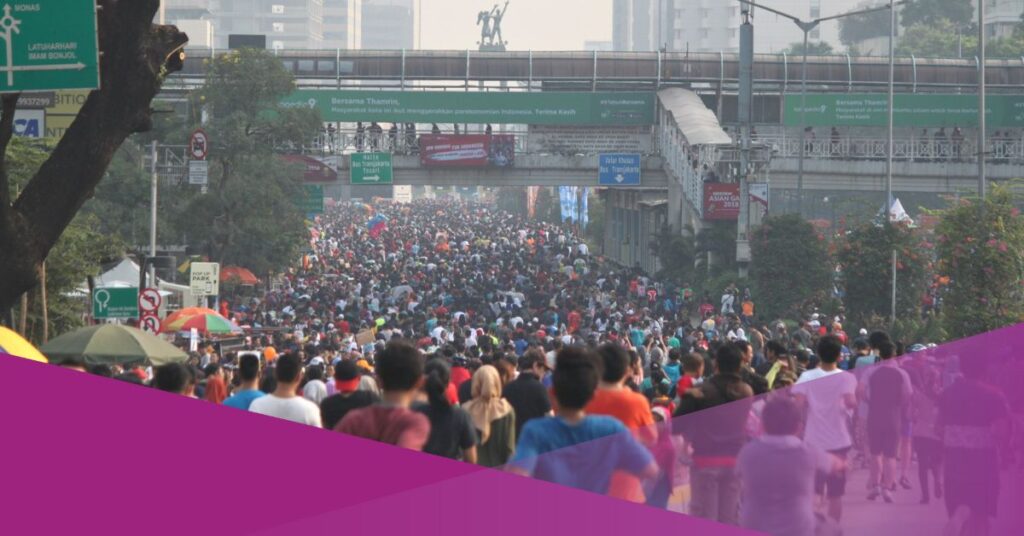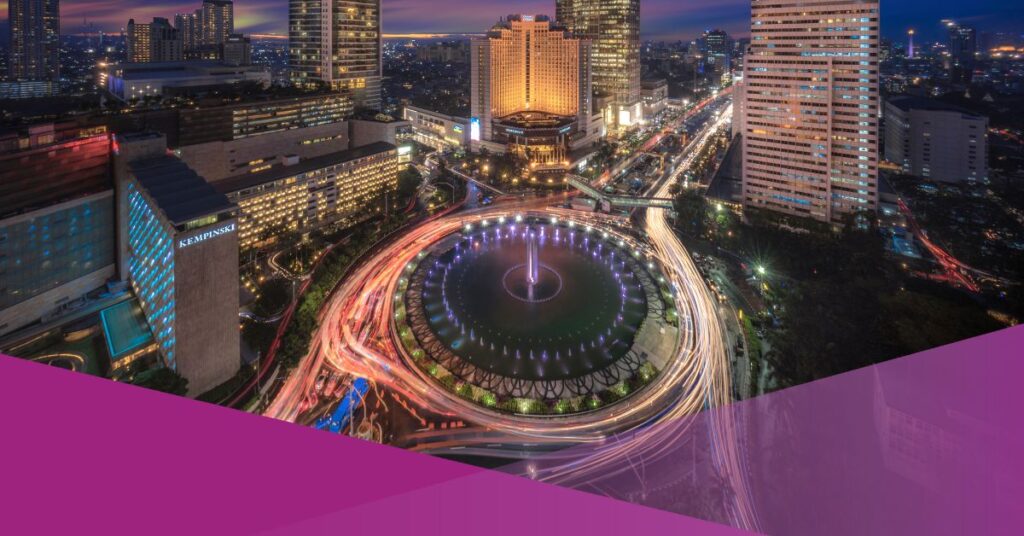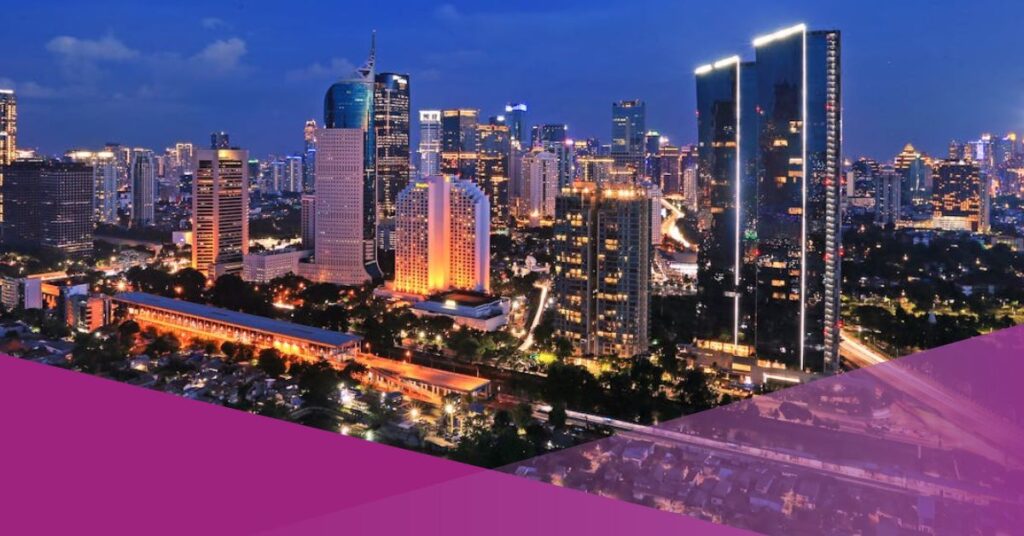Indonesia, the Southeast Asian nation’s largest economy is the fourth most popular country in the world and the tenth largest economy by purchasing power parity. Indonesia has a diverse archipelagic state with over 1000 ethnic groups and Cultural and linguistic varieties that can be found within the boundaries of a nation-state.
According to the World Bank, Indonesia’s capita GDP grew by 5.2% in 2017, making it one of the fastest-growing economies in the world. Along with impressive experienced economic growth since emerging from the Asian financial crisis in the 1998s.
Moreover, Indonesia has made great strides in poverty reduction, and in 2019 before the outbreak of the COVID-19 pandemic, by lowering the poverty rate by more than half from 1999 to less than 10%.
This year, Indonesia held the G20 Presidency this year and encouraged all countries to work together to achieve a stronger and more sustainable recovery from the impact of the pandemic.
Demographics In Indonesia

The Central Bureau of Statistics (BPS), the government’s statistics agency, only conducts a thorough study of Indonesia’s population structure once every decade. According to the latest study (released in 2010), the Indonesian total population has 237.6 million people.
In 2022, according to projections of the latest United Nations data with world meters, the Indonesian population in 2022 estimates is 280,568,846 and is expected to grow more. Meanwhile, in 2020 Indonesian total population is estimated at 273,523,615 people in mid-year according to United Nations population division data, equivalent to 3.51% of the total world population.
Indonesia’s population density is 151 per square kilometre. While the total land area is1,811,570 km2. The current total population is urban about 56.4%. The Indonesian population lives in urban areas, like Jakarta with a total population of 8,540,1212 people and the population density is
15,900 per Km2.
The second most urban population in Indonesia is Surabaya 2,374,6583 people with a population density reaching upward of 9,900/km2(26,000/sq mi) in the city proper. Also, another city outside Java that has the most populous island is Medan with 1,750,971 people and with a population density of 9,190/kms.
Indonesia’s Economic and Social Affairs
Indonesia survived its 2008 global financial crisis was its reliance on domestic consumption. Domestic consumption is a major source of Indonesia’s continued GDP growth, with household consumption accounting for over 55% of total economic growth.
Indonesia’s annual growth rate change in 2020 is about 1.07%. This means that Indonesia is now adding about 2.73 million people per year.
Population growth is a problem for the Indonesian economy and threatens to slow its growth and development. Increasing the number of young people entering the labor market when current workers are over working age is one of the ways.
A low population growth rate leads to high GDP per capita, leading to higher incomes, higher savings, higher investment, and lower poverty rates.
Also Read: Australian Investor to Develop Skydiving Tourism in Bali
Indonesia Population Pyramid

Indonesia’s population distribution pyramid is divided into three main age groups. Population based on age distribution under 15, population age group 15 to 64, and population age group 65 and over.
The median age (both sexes) in Indonesia is 31.1 years. The median age of males is 30.5 years and females 31.8 years (2020 est.). The largest and most politically dominant, accounting for over 40% of the urban population is Java (West Java, East Java, and Central Java).
Indonesia’s life expectancy at birth (both sexes) is 71.3 years. This is above the average life expectancy at birth for the world population of about 71 years (according to the Population Division of the United Nations Department of Economic and Social Affairs). Male life expectancy is 68.8 years while for women is 74 years.
Indonesia Today
Indonesia with a population estimated at over 200 million, Data from The Government statistics stated the unemployment rate in Indonesia dropped to 5.86 percent in Q3 of 2022 from 6.49 percent compared to the same quarter of last year, which fell by 0.68 million to 7.4 million.
At the same time, the data of employed was up by 3.24 percent to 135.3 million, mostly in agriculture, manufacturing, food accommodation & beverages, and construction. Meantime, the labor force participation rate went up to 68.63 percent from 67.80 percent a year earlier.
Statista Research Department Published that according to population census data in 2010, 87 percent of Indonesians declared their religion as Islam, followed by 9.87 percent who were beliefs in the Christian religion.
Indonesia has the largest Islamic population in the world and for this reason, is often recognized as a Muslim nation. However, Indonesia is not a Muslim nation according to its constitution. The archipelago is a multifaith country and officially recognizes six religions – Islam, Protestantism, Catholicism, Buddhism, Hinduism, and Confucianism. The truth Indonesia has more beliefs in small minorities, but it’s unofficially.
Investing in Indonesia as Expatriates

Indonesia is one of the developing countries that makes Indonesia a great place for investing. In general, the higher the development and economic growth of a country, the higher investments it owns and the higher its income too.
What are The Offers?
This country has a large market for consumer goods, including food and beverage, retail, and consumer electronics. Indonesia is also the world’s largest producer of palm oil, which has become an important global commodity due to rising demand from India and China.
It has a young population and a growing middle class. Indonesia has the biggest land area, which gives it a huge potential for development. The country’s economy is always growing and is expected to grow at the same rate or higher due to the increase in infrastructure spending and consumption.
The Investment Environment
Indonesia is a strategic location that attracts the attention of the world. As such, there are many interesting and beneficial factors for foreign investors to invest in Indonesia in natural resources, tourism, and infrastructure. These are usually the main decision for foreign investors to invest in Indonesia. especially the number of populations and labor forces dominated by working-age people who are more skilled and ready to work.
Most importantly, Indonesia is the only country in Southeast Asia active in the group of G-20. Because Indonesia always strives for better.


































